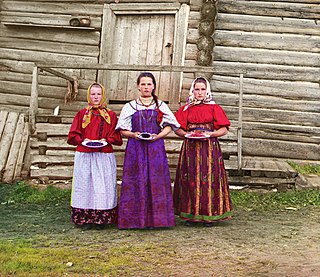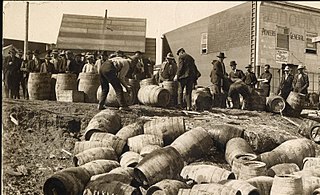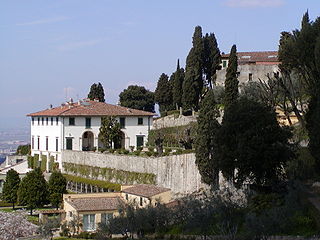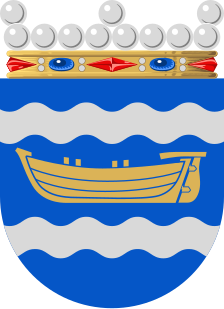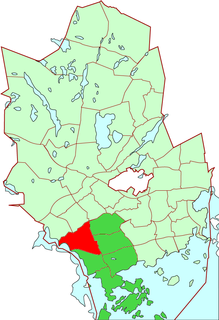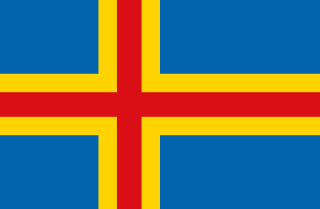| Suvisaaristo Sommaröarna | |
|---|---|
| District of Espoo | |
 Location of Suvisaaristo within Espoo | |
| Coordinates: 60°07′N24°43′E / 60.117°N 24.717°E Coordinates: 60°07′N24°43′E / 60.117°N 24.717°E | |
| Country | Finland |
| Municipality | Espoo |
| Region | Uusimaa |
| Sub-region | Greater Helsinki |
| Main District | Suur-Espoonlahti |
| Inner District(s) | Bergö, Furuholm, Kopplorna, Lehtisaaret, Lilla Pentala, Moisö, Pentala, Ramsö, Skataholmen, Stora Bodö, Svartholmen, Svinö |
| Population (2006) | |
| • Total | 566 |
| Languages | |
| • Finnish | 63.6 % |
| • Swedish | 35.2 % |
| • Other | 1.2 % |
| Jobs | 57 |
Suvisaaristo (Finnish) or Sommaröarna (Swedish) is a maritime district in Espoo, Finland, districts number 451 and 452, and an archipelago in the Gulf of Finland, directly in front of a peninsula in Soukka, in the southwestern corner of Espoo.

Finnish is a Finnic language spoken by the majority of the population in Finland and by ethnic Finns outside Finland. Finnish is one of the two official languages of Finland ; Finnish is also an official minority language in Sweden. In Sweden, both Standard Finnish and Meänkieli, a Finnish dialect, are spoken. The Kven language, a dialect of Finnish, is spoken in Northern Norway by a minority group of Finnish descent.
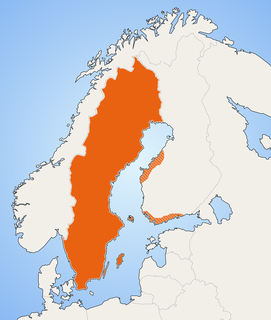
Swedish is a North Germanic language spoken natively by 9.6 million people, predominantly in Sweden, and in parts of Finland, where it has equal legal standing with Finnish. It is largely mutually intelligible with Norwegian and to some extent with Danish, although the degree of mutual intelligibility is largely dependent on the dialect and accent of the speaker. Both Norwegian and Danish are generally easier for Swedish speakers to read than to listen to because of difference in accent and tone when speaking. Swedish is a descendant of Old Norse, the common language of the Germanic peoples living in Scandinavia during the Viking Era. It has the most speakers of the North Germanic languages.

Espoo is the second largest city and municipality in Finland. It is part of the Finnish Capital Region, and most of its population lives in the inner urban core of the Helsinki metropolitan area, along with the cities of Helsinki, Vantaa, and Kauniainen. Espoo shares its eastern border with Helsinki and Vantaa, while enclosing Kauniainen. The city is located on the shore of the Gulf of Finland, in the region of Uusimaa and has a population of 281,886.
Contents
- History
- Income
- Population, buildings and infrastructure
- Islands
- Islands with a road connection
- Other islands
- References
- External links
Inhabitants of Suvisaaristo have always been an active people, and there are nine registered communities on the islands, the most numerous of which are the yacht club ESF, the canoe club Canoa, the youth club SViE, the local free fire brigade, and the district inhabitant community Sommarö Society, whose work resulted in Suvisaaristo getting its own water cooperative in 1999, after the city of Espoo refused to pay the costs of a water network, because of the expenses resulting from such a loosely populated district. The network was implemented with a new technology, a pressurised sewer, which is more ecological than the traditional solution.

A yacht club is a sports club specifically related to yachting.

A canoe is a lightweight narrow vessel, typically pointed at both ends and open on top, propelled by one or more seated or kneeling paddlers facing the direction of travel using a single-bladed paddle.

A cooperative is "an autonomous association of persons united voluntarily to meet their common economic, social, and cultural needs and aspirations through a jointly-owned and democratically-controlled enterprise". Cooperatives may include:
The Uusimaa region council chose Suvisaaristo as the Uusimaa Village of the Year in 2007. [1]

Uusimaa is a region of Finland. It borders the regions of Southwest Finland (Varsinais-Suomi), Tavastia Proper (Kanta-Häme), Päijänne Tavastia (Päijät-Häme), and Kymenlaakso. Finland’s capital and largest city, Helsinki, along with the surrounding Greater Helsinki area, are both contained in the region, which makes Uusimaa Finland's most populous region. The population of Uusimaa is 1,638,469.
The YTV regional bus line 145 goes to the end of Suvisaaristontie one or two times every hour. A local shop can be found a hundred metres after the Suvisaaristo bridge on the right-hand side, and on the way in Skatan there is a gas station for boaters in summertime.

The Helsinki Metropolitan Area Council was a co-operation agency operating in the Helsinki Metropolitan Area, now replaced by HSL and HSY. The organisation had a few responsibilities, most notably regional public transport and waste management. It was subordinated to the city councils of the four participating cities. Furthermore, transport cooperation also included neighboring municipalities of Kerava and Kirkkonummi.
In summertime, there are Espoo tour boats between Suvisaaristo and the continental strait of Suinonsalmi (Swedish Svinösund).


